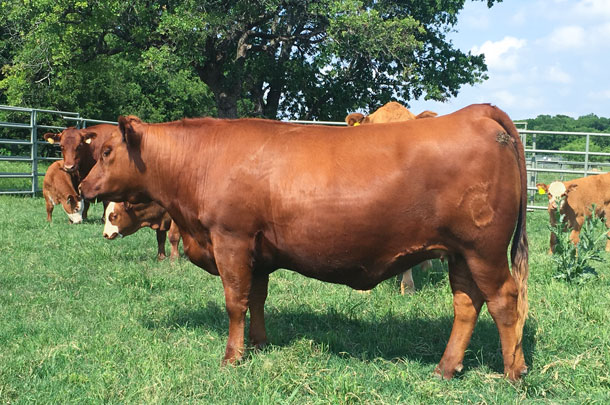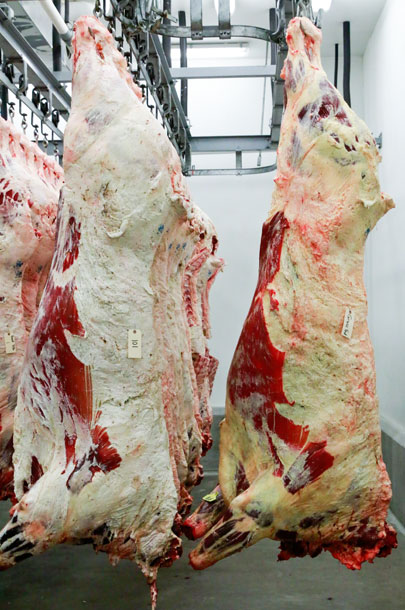Held annually since 2012, the conference covered a variety of topics related to grass-fed beef, including an overview of the U.S. beef industry, forage production practices specific for grass-fed beef and a review of genetics and biological types best suited for grass-fed beef.
Most grass-fed beef enterprises are “never ever” when it comes to antibiotic use. Biosecurity and illness prevention are huge in any retained ownership effort. Dr. Joe Paschal led the group through an outline for development of a preventative herd health plan.
Systems for producing beef are more diverse than ever, and consumers are often unsure or confused by the potential differences between (and unaware of the similarities among) beef offerings from traditional, natural, grass-fed and organic production systems. Consequently, conference planners included a detailed comparison of these four pre-harvest production systems.

New to this year’s conference was a discussion led by Jason Van Tassell, Paniolo Cattle Company and Parker Ranch, Hawaii, regarding the process of adding grass finishing to a cow-calf enterprise. He concluded, “Unless additional forage resources are acquired, adding grass finishing often requires a significant (as much as 50 percent) reduction in cow inventory.”
The evening concluded with a grass-fed prime rib dinner. An after dinner conversation regarding low-stress cattle handling was facilitated by internationally known expert Dr. Ron Gill.
Day two began with the carcass fabrication by TAMU meat science graduate students of a 28-month-old, 1,350-pound Red Angus heifer. For the visual learner, this exercise was an unforgettable learning experience. When complete, closely trimmed retail cuts are separated from bone, fat and lean trim.
The result? Bone, lean trims and fat accounted for almost 53 percent of the carcass weight, while the middle meats (rib, loin and tenderloin) accounted for 9 percent of the carcass. Take home point – the rib, loin and tenderloin sell quickly. Grass-fed producers must aggressively and effectively market the chuck and round in order to maintain a sustainable enterprise.

The second morning concluded with a fast-paced, energetic, enthusiastic discussion entitled “The Tale of Two Beefs.” Hawley Poinsett, registered dietician and senior manager for the Texas Beef Council, walked the audience through a comparison of the similarities and differences between the nutrient profiles of grass-finished versus grain-finished beef. Bottom line – both are excellent sources of protein, B vitamins, iron and zinc, and provide a limited amount of omega-3 and omega-6 fatty acids.
According to conference coordinator Dr. Rick Machen, “Producing grass-finished beef is a challenge regardless of geographic location. Marketing the entire carcass is perhaps an even larger challenge.”
The conference concluded with a discussion led by a panel of grass-fed beef producers and marketers covering topics including people skills, inventory management, customer service and label development.
The seventh TAMU Grass-fed Beef Conference is scheduled for May 25-26, 2017. ![]()
—From Texas A&M AgriLife Extension news release
PHOTO 1: Participants in the Texas A&M Grass-fed Beef Conference watch meat scientists grade the heifer harvested during the event.
PHOTO 2: A photo of the grass-finished Red Angus heifer harvested for the Grass-fed Beef Conference.
PHOTO 3: A grass-fed heifer carcass is shown on the right, with slightly yellow fat typical of grass-fed. A traditional grain-finished carcass is on the left, with whiter fat. Photos provided by Texas A&M AgriLife Extension.






